Wanbird Garden, close contact with poultry
★ Tourist location: Suzhou Qionglong Mountain Bird Garden
Because the last time I went to the Wanbird Garden was rainy, this time I went to the Qionglong and passed through the Wanbird Garden. I thought that there was still some time anyway. Although I didn't have a lot of love for birds, I might as well go in and take a stroll if it happened on the way. The entire Wanniao Garden is not large, but there are still many species of birds. The entire tourist area can be roughly divided into Linghu Bird Area, Wading Bird Garden, Bird Garden, Flamingo Area, Tropical Flower and Bird Garden, Emu Area, Ostrich Area, Thousand Peacock Area, Pelican Area, Turkey Area, Bird Art Performance, Rare Songbird Area, There is basically no need to go back.
The first stop to enter the gate is the Science Museum. The weather may be fine today, and it is just the Golden Week. There are still many tourists, most of whom bring their children to have an intimate contact with the birds.
The first stop is the Suzhou Bird Science Museum. Entering the door is a simulated living environment of birds in the Taihu Lake Basin. In fact, we don't need to read the introduction. We also know that the ecological environment of the Taihu Lake Basin has improved rapidly in recent years. Just watch that more red-billed gulls come as scheduled every year, we will know how suitable the Taihu Lake Basin is for birds to survive.
Maopengwu in Qionglong Mountain is a provincial-level nature reserve. Nearly a thousand acres of natural secondary forest are rich in wild plants, so there are wild birds such as thrush and Pulsatilla chinensis.
There are not many bird specimens in the Science Museum, and basically they mainly consist of graphic and graphic materials. There is also an activity area that children like very much.
Compared with the last rainy day, the Linghu swimming poultry area has not changed much. After all, birds are not afraid of rain. No matter whether it is cloudy or cloudy, they will swim in the lake. We just slowed down and commented a few swans a little, without staying long.
Cranes are really a kind of lonely and self-appreciative animal. In the wading area, a gray crane and a white crane seemed to be disgusted with each other, standing with their backs facing each other with a small temper.
Stork is a large wading bird with white feathers or a touch of green ink. Its mouth is more characteristic, red or black, similar to a cylindrical shape. Its feet are red and its front toes are semi-webbed feet. This is a swimming bar. The wings are wide, large and long, and the body is also very beautiful.
Yellow-billed storks are distributed on the African continent and Madagascar. They generally live in rivers, lakes and tidal flats. They like to move in small groups or pairs, feed on fish, frogs, reptiles, crustacean insects, etc., and occasionally eat aquatic plants. It is probably a meat-eating animal. When there is no meat food, you can occasionally eat vegetarian food.
Black storks prefer loneliness. They often move alone, at most in pairs. They rarely move in small groups. They mainly live in Inner Mongolia, Heilongjiang, Jilin, Liaoning and other regions and provinces.
I didn't see crowned cranes last time I came here, but this time I am very happy to see them active outdoors. This crane is mainly produced in Senegal in West Africa to Nigeria in Central Africa. It was introduced to our country around the early 20th century. It likes to forage in a humid environment and is the only crane that can inhabit trees. Unlike those aloof cranes in China, they like to swarm, often gathering dozens or hundreds in open swamps, feeding for seeds and buds of small fish, tadpoles, insects, lizards, frogs and other small vertebrates, as well as various plants. Their appearance is very eye-catching. They wear a crown like acacia flowers on their heads. Their feathers come in many colors and are very gorgeous.
There is a bamboo forest at the end, with bird cages hanging in the forest. I jokingly greeted Brother Yan in one of the cages: "Hello!" Unexpectedly, he would actually reply "Hello," and a group of children who followed him rushed to greet it. However, perhaps the sound was too messy, so Brother Yan squatted down a little lazily and turned his head to ignore it.
The flamingos are even more beautiful in the sun, and their gorgeous feathers seem to shine brightly in the sun, like clouds one after another. The beauty of this bird is so high that many children are rushing to ask their parents to take photos with him or her and the flamingos.
Today's ostrich is particularly lively. As soon as we approached it, it chased after it and seemed to jump out of the railing. Its size is really too aggressive. Although it knows that it is a vegetarian animal, it still scares us two steps back. I always feel that with the explosive power of ostriches, this kind of simple railing should not be able to stop them, but the ostriches never seem to want to fight for freedom.
The peacock is quite friendly, walking leisurely with its gorgeous tail feathers. It is not afraid to see people passing by, and seems to turn a blind eye to it. We walked around and didn't see any peacocks opening their tails. These peacocks were a little arrogant!
The radio warned tourists that the bird fun show was about to begin, so we hurried to the theater. Many children arrived. We found a pretty good location, which was very close to the performance stage, but it was a little off, but it had no impact on the vision.
The parrot is the protagonist of the performance. The macaw and the sunflower parrot are both of high appearance and are relatively large, so the performance seems to be domineering. Doing mathematics, walking on a tightrope, and acrobatic performances is indeed very interesting, but the difficulty of these performances is not high. The little parrot is also very smart and can play some small and interesting games.
After watching the performance of the birds, we continued to visit. The toucan was still so eye-catching, but I preferred the purple-breasted cock-crowned dove. This large crested dove can reach 75 centimeters long and lives in the southern lowland forests of New Guinea. Their feathers are beautiful and gorgeous blue-gray, their filiform crowns are brighter, and their breasts are dark maroon. Of course, the most outstanding thing is its crown, otherwise it would not be much better than the pigeon.








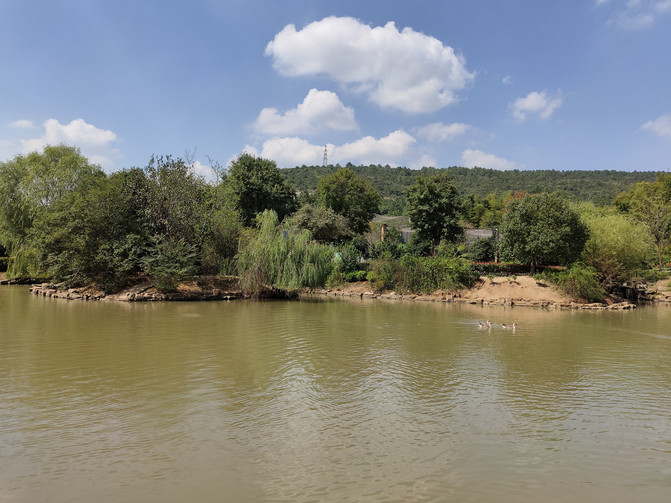
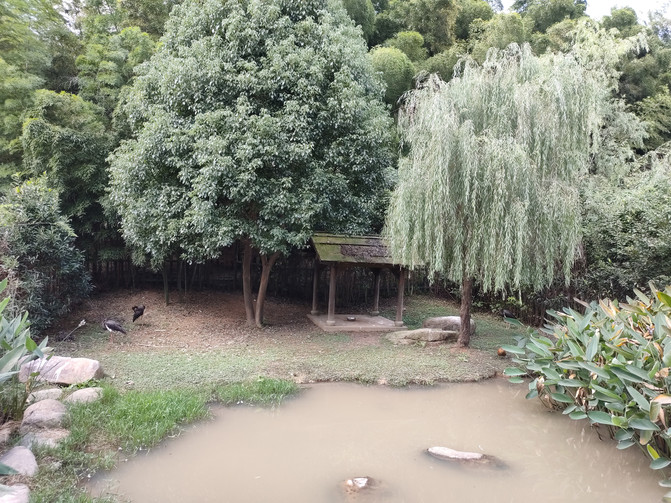

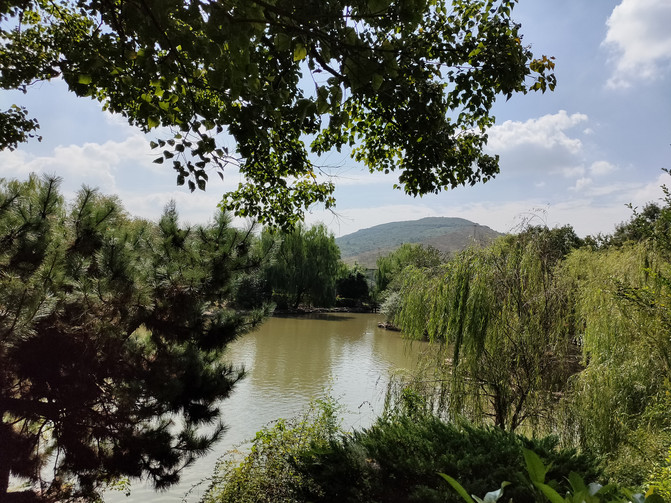


















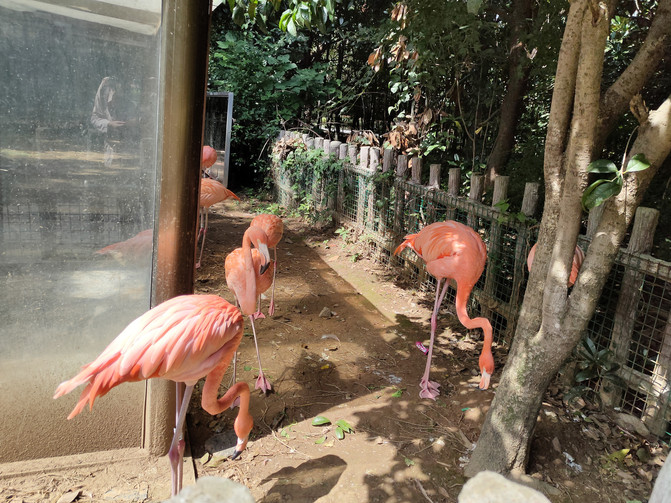









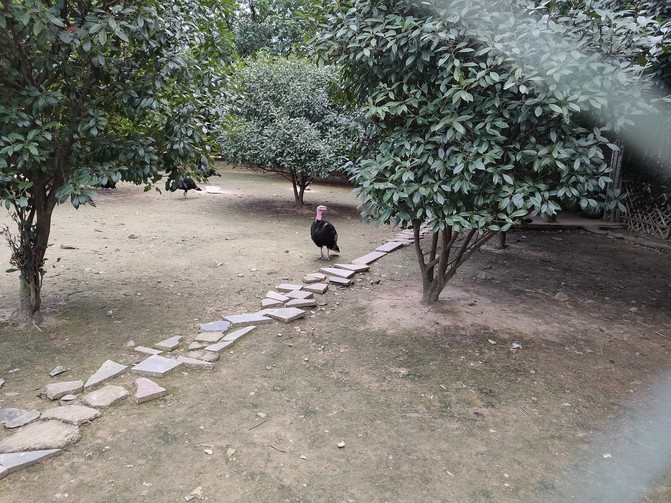









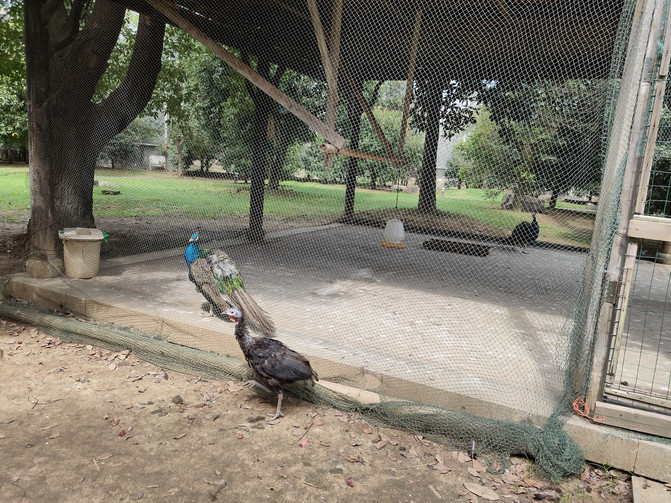






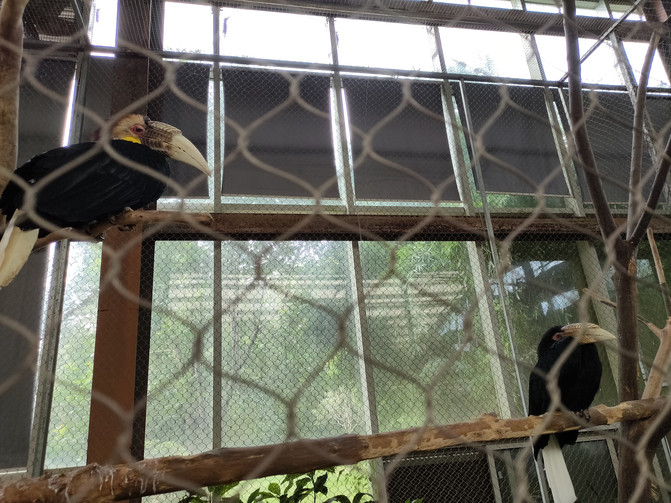








Previous Article:Climb Deng Wei and look into the vast Xiangxue Sea
Next Article:Dazzled by water and land? You must check in at places like Suzhou Paradise!
